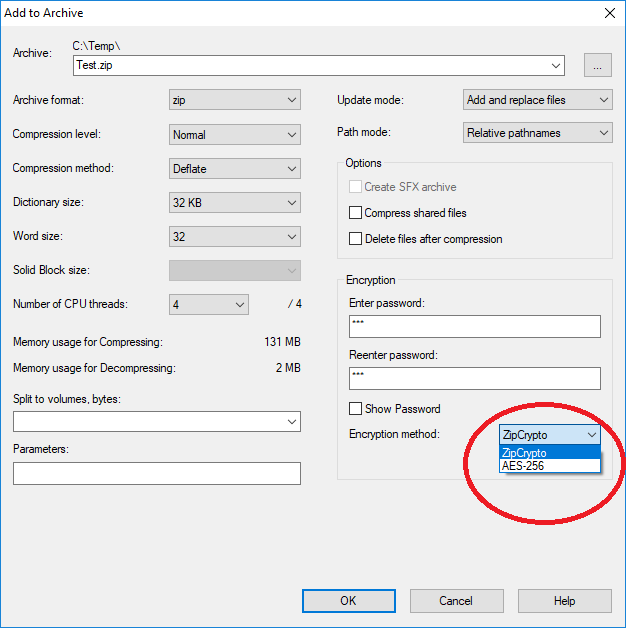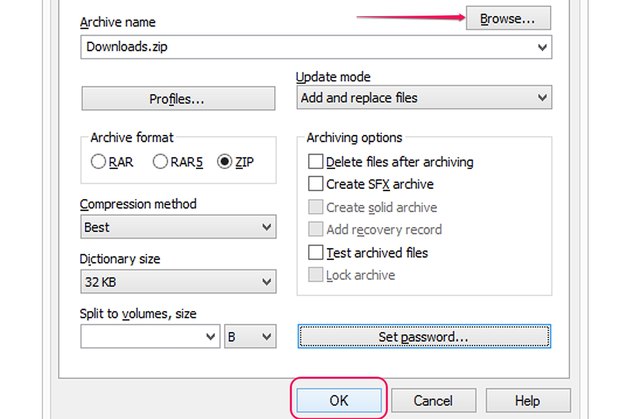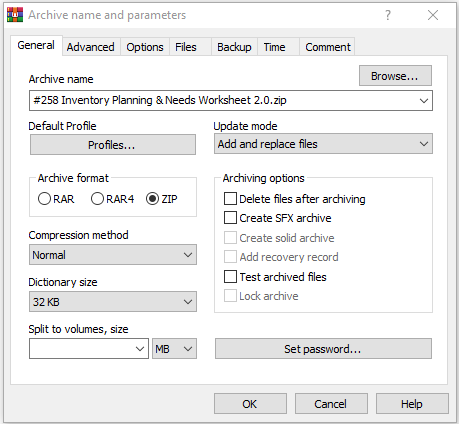
To offer all-rounded protection, you must be ready to download third-party programs to enhance the security of your file. You can encrypt your files, but if someone has access to your user account, they may be able to access the files.

There might be instances where you are unable to activate BitLocker in Windows 11, so check out our article to fix it.Īlthough Windows doesn’t have a built-in feature that allows you to password-protect your files, you may wonder whether you can password-protect a zip file. Whereas these reasons may prevent you from securing your files, if you want to add an extra layer of security to a folder in your device and password protect it, you can leverage the BitLocker and virtual drive features to create a drive that you can now secure using a password. No built-in tool – Windows does not have a feature that allows you to password-protect your folders.Lack of administrative privileges – You do not have administrative privileges for your PC or device where you want to perform this task.This is mainly because your account is already protected, which is why you need to enter a passcode every time you want to turn on your device. It should be noted that Windows 11 does not have a feature that allows users to protect a folder using a password.

Why can’t I password-protect a folder in Windows 11? However, there are several open-source alternatives that you could use to password-protect your files in Windows 11.

It also provides a great medium for users to send photos and videos through the web.Īnd while Windows 11 ships with native support to zip and unzip files, it does not allow users to password-protect these files, at least not natively. Most people make use of zip support to compress their files with the aim of freeing space on their hard drives and archiving non-essential files.

Home › Windows 11 › How To › How to Password Protect Zip Files in Windows 11


 0 kommentar(er)
0 kommentar(er)
